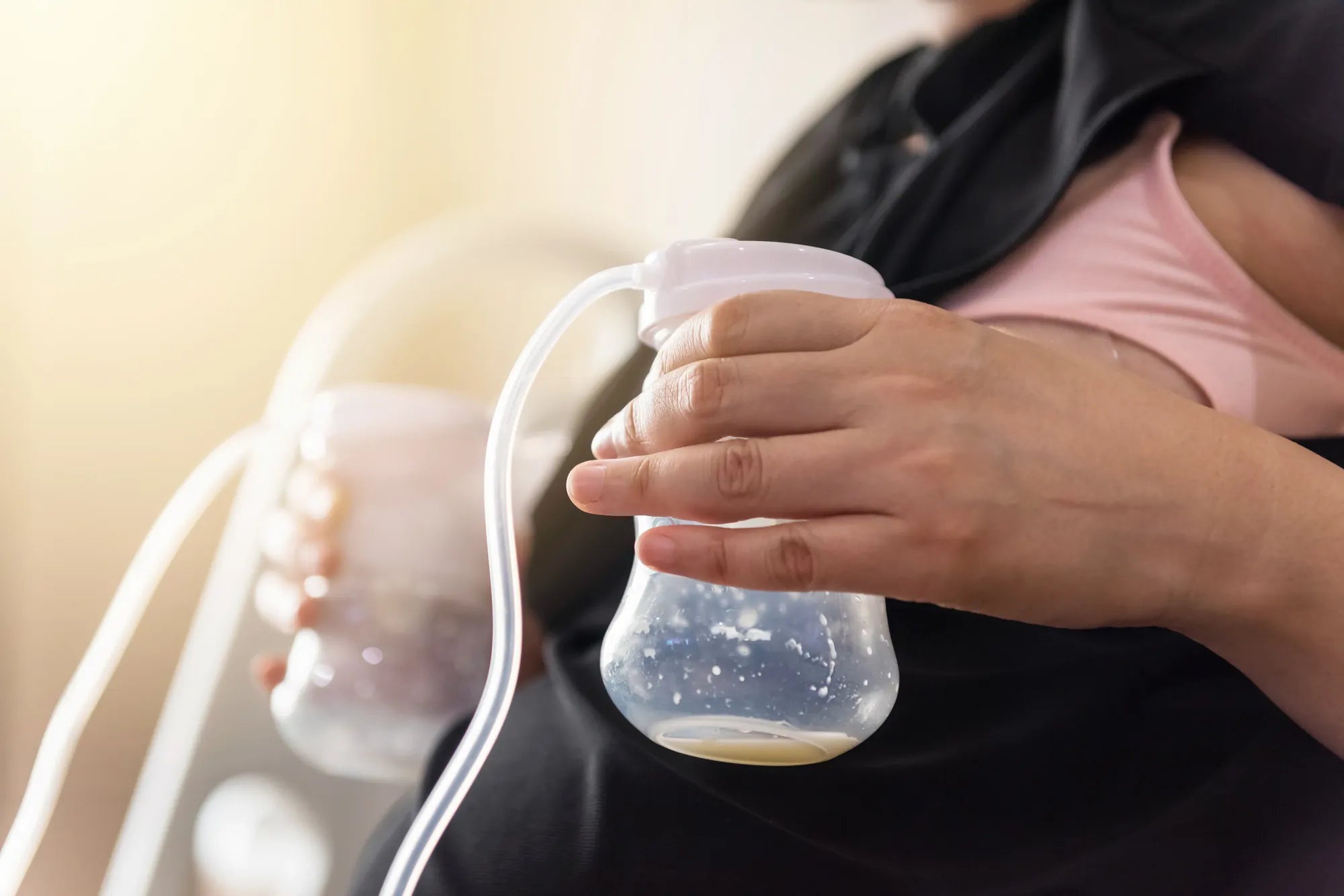Accueil
Pregnancy, Breastfeeding, and Pumping: The Ultimate Guide for Moms
How Do You Know When Breast Is Empty When Pumping: A Comprehensive Guide

How Do You Know When Breast Is Empty When Pumping: A Comprehensive Guide
Breastfeeding and pumping are essential aspects of nurturing your baby, but many mothers often wonder, 'How do you know when breast is empty when pumping?' This question is vital for ensuring that your baby gets enough milk and that your milk supply remains consistent. In this comprehensive guide, we will delve into the signs, techniques, and tips to help you determine when your breast is empty during pumping sessions.
Understanding Breast Milk Production
Before diving into the specifics of how to know when your breast is empty, it's important to understand how breast milk production works. Breast milk is produced on a supply-and-demand basis. The more your baby nurses or you pump, the more milk your body will produce. This process is regulated by hormones, primarily prolactin and oxytocin.
When your baby suckles or you use a breast pump, it stimulates the release of these hormones, prompting your breasts to produce milk. The milk is stored in the alveoli, small sacs within the breast tissue, and is released through the milk ducts when stimulated. Understanding this process can help you better gauge when your breast is empty during pumping.
Signs Your Breast Is Empty When Pumping
Determining when your breast is empty can be challenging, especially for new mothers. However, there are several signs you can look for to help you make an accurate assessment:
- Decreased Milk Flow: One of the most obvious signs that your breast is empty is a significant decrease in milk flow. When you first start pumping, the milk may flow freely, but as your breast empties, the flow will slow down and eventually stop.
- Softening of the Breast: As milk is expressed, your breast will feel softer and less full. This is a physical indicator that your breast is emptying. You can gently massage your breast to encourage the remaining milk to flow out.
- No More Drips: When your breast is empty, you will notice that there are no more drips of milk coming out. This is a clear sign that the milk has been fully expressed.
- Time Duration: On average, a pumping session lasts about 15-20 minutes per breast. If you have been pumping for this duration and notice a decrease in milk flow, it is likely that your breast is empty.
Techniques to Ensure Effective Pumping
To ensure that you are effectively emptying your breast during pumping sessions, consider the following techniques:
- Proper Pump Fit: Ensuring that your breast pump fits correctly is crucial for effective milk expression. A poor fit can lead to incomplete emptying and discomfort. Make sure the breast shield is the right size for your nipple.
- Massage and Compression: Gentle breast massage and compression can help stimulate milk flow and ensure that your breast is fully emptied. Use your hands to massage your breast in a circular motion while pumping.
- Double Pumping: Double pumping, or pumping both breasts simultaneously, can be more efficient and help you empty your breasts faster. This technique also helps increase milk production.
- Relaxation: Stress and tension can hinder milk flow. Find a comfortable and relaxing environment for pumping. Deep breathing exercises can also help you relax and improve milk expression.
Common Mistakes to Avoid
While pumping, there are several common mistakes that mothers make, which can lead to incomplete breast emptying. Here are some pitfalls to avoid:
- Rushing the Process: Pumping requires time and patience. Rushing through a session can result in incomplete emptying and reduced milk supply. Make sure to allocate enough time for each pumping session.
- Incorrect Pump Settings: Using the wrong pump settings can affect milk flow. Start with a lower suction level and gradually increase it to a comfortable level that effectively expresses milk.
- Neglecting Breast Care: Proper breast care is essential for maintaining milk supply and preventing issues like engorgement or mastitis. Keep your breasts clean and dry, and address any discomfort or pain promptly.
Tips for Maintaining Milk Supply
Maintaining a consistent milk supply is crucial for your baby's nutrition. Here are some tips to help you keep your milk supply steady:
- Pump Regularly: Consistency is key. Pump at regular intervals, even if your baby is not nursing. This helps signal your body to continue producing milk.
- Stay Hydrated: Drinking plenty of water is essential for milk production. Aim to drink at least 8-10 glasses of water daily.
- Healthy Diet: A balanced diet rich in nutrients supports milk production. Include foods like oats, leafy greens, and lean proteins in your meals.
- Rest and Relaxation: Adequate rest and relaxation are vital for milk production. Ensure you get enough sleep and take breaks when needed.
When to Seek Help
If you are consistently having trouble emptying your breast or maintaining your milk supply, it may be time to seek help. Consult a lactation consultant or healthcare provider for personalized advice and support. They can help identify any underlying issues and provide guidance on improving your pumping routine.
Understanding how to know when your breast is empty when pumping is essential for effective milk expression and maintaining your milk supply. By paying attention to the signs, using proper techniques, and avoiding common mistakes, you can ensure that your baby gets the nourishment they need. Remember, every mother's journey is unique, so be patient with yourself and seek support when needed.
Partager
